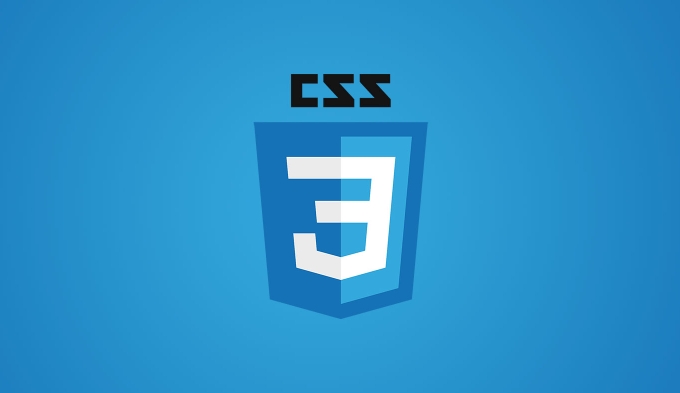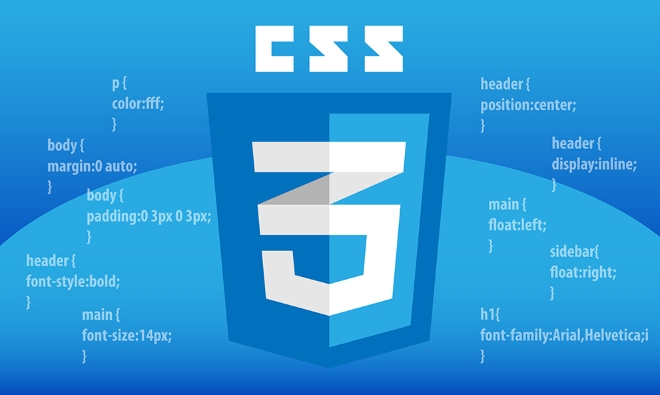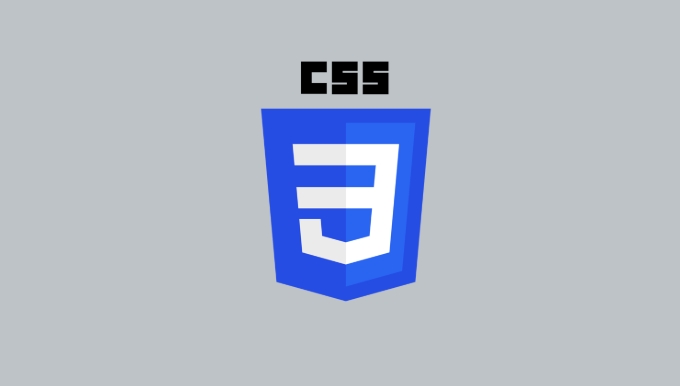CSS Scroll Snap creates a smooth scrolling experience for scenes such as horizontal swipe, paging scrolling, etc. 1. Set the container to use overflow and scroll-snap-type, and add scroll-snap-align to the child to achieve alignment; 2. The scrolling direction can be selected as x or y axis, and the adsorption behavior is controlled through mandatory or proximity; 3. Common problems include unclear container size, child not full of viewport, or abnormal stacking context, and fixed size and min-width/height should be set; 4. Combined with scroll-behavior to achieve smooth scrolling, and combined with overscroll-behavior to control boundary rebound to improve user experience.

CSS Scroll Snap is a powerful tool to create a smooth, controllable scrolling experience. It is especially suitable for horizontal sliding content display, paging scrolling, or scenes where users need to be guided to browse at a fixed rhythm.

Here are some practical tips and structural suggestions to help you achieve a more natural and engaging scrolling experience with CSS Scroll Snap.

1. Basic structure: Set containers and sub-items
To use Scroll Snap, you must first have a scroll container (usually overflow: scroll or overflow-x: auto ) and then set scroll-snap-type property on that container.
.container {
overflow-x: auto;
display: flex;
scroll-snap-type: x mandatory;
}Each child that can be "adsorbed" needs to be added:

.item {
scroll-snap-align: start;
min-width: 100%;
}This way, each time you scroll, the page will automatically align to the nearest child starting point.
Note: If you do not use
flexorgrid, make sure the child width is consistent and the container is filled, otherwise it may not be properly adsorbed.
2. Rolling direction control: horizontal or vertical?
Scroll Snap supports two main scrolling directions:
- Horizontal scrolling : suitable for card display, picture gallery, etc.
- Vertical scrolling : commonly used for full-screen page switching or step-by-step navigation
Set the spindle direction by scroll-snap-type :
/* Horizontal scroll*/ scroll-snap-type: x mandatory; /* Vertical scroll*/ scroll-snap-type: y mandatory;
If you want to trigger adsorption behavior only on certain elements, you can use proximity instead of mandatory so that the browser can decide whether to "jump" over.
3. Avoid FAQs: Insensitive rolling or failed adsorption
Sometimes Scroll Snap is set but it doesn't respond, usually because of the following reasons:
- The container has no clear size or scrolling is not enabled
- The child has not set
scroll-snap-align - Use
transform,filterand other properties to cause cascaded context exceptions
Solutions include:
- Make sure the container has a fixed width/height
- Children use
min-width: 100%ormin-height: 100%to support the viewport - If you use
transform, try addingwill-change: scroll-positionor adjusting z-index
4. Improve user experience: Combining animation and touch optimization
Scroll Snap itself only defines the position where the scroll stops and cannot directly add transition effects. To make the scrolling process smoother, you can combine scroll-behavior :
.container {
scroll-behavior: smooth;
} However, it should be noted that scroll-behavior has limited support on mobile, especially Safari may not work. At this time, it can be compensated by controlling the scrolling behavior through JavaScript.
In addition, if you want the user to "bounce back" after sliding, you can consider matching overscroll-behavior :
.container {
overscroll-behavior: contains;
}This is useful in carousel graphs or boot pages to prevent users from slipping out of boundaries.
Basically that's it. Although simple, CSS Scroll Snap has many details, especially in terms of cross-device compatibility, it requires more testing. By mastering the basic structure and handling of common problems, you can create a good interactive experience.
The above is the detailed content of Implementing smooth scrolling experiences with CSS Scroll Snap. For more information, please follow other related articles on the PHP Chinese website!

Hot AI Tools

Undress AI Tool
Undress images for free

Undresser.AI Undress
AI-powered app for creating realistic nude photos

AI Clothes Remover
Online AI tool for removing clothes from photos.

Clothoff.io
AI clothes remover

Video Face Swap
Swap faces in any video effortlessly with our completely free AI face swap tool!

Hot Article

Hot Tools

Notepad++7.3.1
Easy-to-use and free code editor

SublimeText3 Chinese version
Chinese version, very easy to use

Zend Studio 13.0.1
Powerful PHP integrated development environment

Dreamweaver CS6
Visual web development tools

SublimeText3 Mac version
God-level code editing software (SublimeText3)

Hot Topics
 What is 'render-blocking CSS'?
Jun 24, 2025 am 12:42 AM
What is 'render-blocking CSS'?
Jun 24, 2025 am 12:42 AM
CSS blocks page rendering because browsers view inline and external CSS as key resources by default, especially with imported stylesheets, header large amounts of inline CSS, and unoptimized media query styles. 1. Extract critical CSS and embed it into HTML; 2. Delay loading non-critical CSS through JavaScript; 3. Use media attributes to optimize loading such as print styles; 4. Compress and merge CSS to reduce requests. It is recommended to use tools to extract key CSS, combine rel="preload" asynchronous loading, and use media delayed loading reasonably to avoid excessive splitting and complex script control.
 How to use Lotties in Figma
Jun 14, 2025 am 10:17 AM
How to use Lotties in Figma
Jun 14, 2025 am 10:17 AM
In the following tutorial, I will show you how to create Lottie animations in Figma. We'll use two colorful designs to exmplify how you can animate in Figma, and then I'll show you how to go from Figma to Lottie animations. All you need is a free Fig
 Breaking Boundaries: Building a Tangram Puzzle With (S)CSS
Jun 13, 2025 am 11:33 AM
Breaking Boundaries: Building a Tangram Puzzle With (S)CSS
Jun 13, 2025 am 11:33 AM
We put it to the test and it turns out Sass can replace JavaScript, at least when it comes to low-level logic and puzzle behavior. With nothing but maps, mixins, functions, and a whole lot of math, we managed to bring our Tangram puzzle to life, no J
 External vs. Internal CSS: What's the Best Approach?
Jun 20, 2025 am 12:45 AM
External vs. Internal CSS: What's the Best Approach?
Jun 20, 2025 am 12:45 AM
ThebestapproachforCSSdependsontheproject'sspecificneeds.Forlargerprojects,externalCSSisbetterduetomaintainabilityandreusability;forsmallerprojectsorsingle-pageapplications,internalCSSmightbemoresuitable.It'scrucialtobalanceprojectsize,performanceneed
 Does my CSS must be on lower case?
Jun 19, 2025 am 12:29 AM
Does my CSS must be on lower case?
Jun 19, 2025 am 12:29 AM
No,CSSdoesnothavetobeinlowercase.However,usinglowercaseisrecommendedfor:1)Consistencyandreadability,2)Avoidingerrorsinrelatedtechnologies,3)Potentialperformancebenefits,and4)Improvedcollaborationwithinteams.
 CSS Case Sensitivity: Understanding What Matters
Jun 20, 2025 am 12:09 AM
CSS Case Sensitivity: Understanding What Matters
Jun 20, 2025 am 12:09 AM
CSSismostlycase-insensitive,butURLsandfontfamilynamesarecase-sensitive.1)Propertiesandvalueslikecolor:red;arenotcase-sensitive.2)URLsmustmatchtheserver'scase,e.g.,/images/Logo.png.3)Fontfamilynameslike'OpenSans'mustbeexact.
 What is Autoprefixer and how does it work?
Jul 02, 2025 am 01:15 AM
What is Autoprefixer and how does it work?
Jul 02, 2025 am 01:15 AM
Autoprefixer is a tool that automatically adds vendor prefixes to CSS attributes based on the target browser scope. 1. It solves the problem of manually maintaining prefixes with errors; 2. Work through the PostCSS plug-in form, parse CSS, analyze attributes that need to be prefixed, and generate code according to configuration; 3. The usage steps include installing plug-ins, setting browserslist, and enabling them in the build process; 4. Notes include not manually adding prefixes, keeping configuration updates, prefixes not all attributes, and it is recommended to use them with the preprocessor.
 What are CSS counters?
Jun 19, 2025 am 12:34 AM
What are CSS counters?
Jun 19, 2025 am 12:34 AM
CSScounterscanautomaticallynumbersectionsandlists.1)Usecounter-resettoinitialize,counter-incrementtoincrease,andcounter()orcounters()todisplayvalues.2)CombinewithJavaScriptfordynamiccontenttoensureaccurateupdates.






